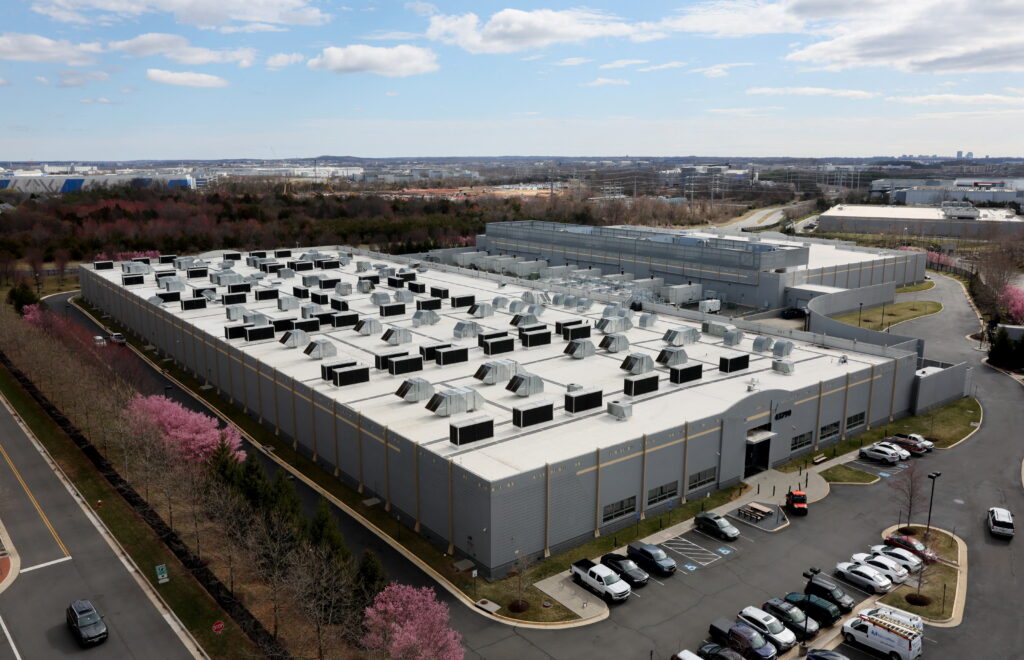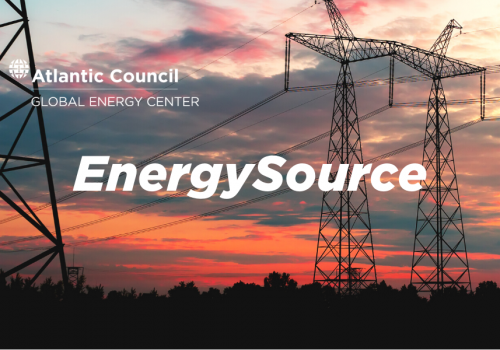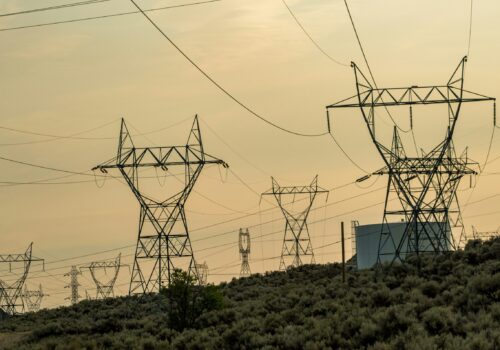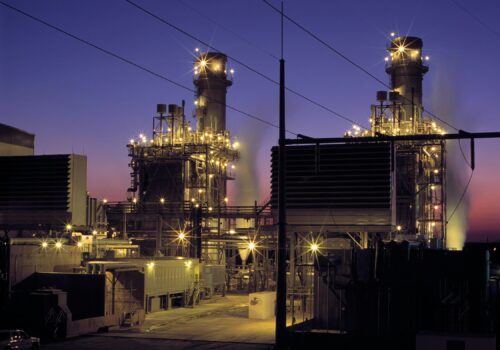The race to artificial general intelligence (AGI) could be the most consequential technological competition in history. Some American technologists see initial AGI leadership as self-reinforcing, granting early adopters lasting advantages. By contrast, many Chinese and (increasingly) US experts believe broad, cross-sectoral artificial intelligence (AI) adoption will shape long-term outcomes. This requires an all-of-the-above energy approach: natural gas, coal, and advanced energy technologies like solar, batteries, advanced nuclear, and wind. Regardless of whether the AI race proves to be a sprint or a marathon, however, US policymakers face difficult, complicated choices resourcing AI and its energy needs.
STAY CONNECTED
Sign up for PowerPlay, the Atlantic Council’s bimonthly newsletter keeping you up to date on all facets of the energy transition.
As AI and data centers expand demand for power, natural gas and coal alone can’t meet future needs, while current solar and battery supply chains carry security risks. To resolve these challenges, the United States should expand domestic manufacturing of advanced energy technologies while maintaining natural gas—and, possibly, coal—production in the near term.
To win the AI race against the Chinese government, US energy policy must shift from a climate-first lens to one that prioritizes national security and securing a growing supply of power. To do so, Congress should pass the Future Usable Energy Legislation—Artificial Intelligence (FUEL-AI) Act, which would prioritize key national security interests such as providing power for key AI hubs like Northern Virginia’s Data Center Alley, streamlining permitting, modernizing transmission and the grid, supporting domestic energy manufacturing, and incentivizing energy efficiency technologies.
Energy and the race for AI supremacy
Whether the AI race is a sprint or a marathon, both paths demand massive amounts of new electricity. Though energy is a small share of AI costs, it’s a critical operational constraint: data centers can’t run without power.
While acknowledging profound uncertainties, top forecasts project data centers and AI-driven electricity demand could reach 4.6–9.1 percent of total US consumption by 2030, up from 4 percent today. If the sprint scenario holds, only fast-to-deploy sources like solar and batteries can keep pace with demand.
Even in the marathon scenario of broad AI adoption, the United States will likely need large amounts of new electricity—fast. Relying on natural gas and coal alone to power AI won’t work. Natural gas turbine production is constrained, and no major coal plant has opened since 2013. Supply chain constraints, profound grassroots opposition, and investor reluctance make new coal capacity unlikely.
Even though gas and coal will play a major role in powering US AI, a gas and coal-only strategy won’t succeed. In the worst-case scenario, insufficient electricity generation could create shortages and necessitate persistent brownouts that were last seen in the United States in the 1970s. Even if those dire conditions don’t materialize, however, higher domestic natural gas prices would reduce the competitiveness of US liquefied natural gas and pipeline gas exports. But the impact of a natural gas and coal-only approach would be felt most acutely by consumers, since residential electricity prices are already outpacing inflation.
Rural Americans would be hit hardest by rising electricity costs and poor reliability. They spend 4.4 percent of household income on energy—versus 3.1 percent in metropolitan areas—and face more outages.
Fueling AI with a summer peaking resource
In both AI sprint and marathon scenarios, solar and battery storage are highly suitable for meeting rising demand due to their speed, low cost, scalability, and geographic flexibility.
Solar is highly capable for matching data centers’ peak summer demand, especially in warm-weather markets. In Northern Virginia, home to 13 percent of all reported data center operational capacity globally, regional solar generation typically peaks in the summer—matching peaks for both commercial data centers’ cooling needs and residential consumers’ electricity consumption.
Solar’s flexibility makes it ideal for data center clusters, as it requires minimal infrastructure and no resupply. China appears to recognize solar power’s strategic value, concentrating rooftop solar in coastal provinces and deploying at least 3,000 megawatts of capacity at the dual-use Shigatse Peace Airport near the Indian border.
Strengthening solar cybersecurity
China’s dominance of solar supply chains poses security risks, especially given solar power’s importance for AI. Reports of Chinese-made inverters with unexplained communication equipment underline the dangers, as such devices could destabilize the grid—a risk the US Department of Energy has long flagged.
However, inverter threats are just one among many. The Chinese government and other adversaries already have broad ability to target US and partner infrastructure. Cybercriminals operating in Russia attacked Colonial Pipeline, while China has been linked to Mumbai’s 2021 blackout, malware found in US power and water systems, a still-unexplained transformer interdiction in Houston, and crypto mines operating near US military sites. Indeed, Chinese firms are estimated to own one-third of US crypto mining infrastructure and supply the vast majority of its machinery. Furthermore, ERCOT, the operator for most of the Texas grid, warns these high-load operations can worsen grid events, turning low-voltage issues into frequency control problems.
China’s role in software and hardware supply chains poses sabotage risks. Just as Russia weaponized energy in Ukraine, Beijing could exploit electricity systems in a Taiwan conflict. The United States should assess the inverter threat by reviewing installed units, ramping up inspections of Chinese-connected devices, and conducting other risk mitigation and software hygiene measures.
Instead of fruitlessly seeking to eliminate vulnerabilities and establish perfect security across pipelines, crypto mines, and inverters, however, the United States must rely on deterrence, threatening proportionate responses if China conducts electricity sector sabotage.
Replace the Inflation Reduction Act with FUEL-AI
The AI race with China carries immense stakes and uncertainty. To compete, the United States will need vast new electricity generation—regardless of whether the race is a sprint or a marathon. This requires an all-of-the-above energy approach: natural gas, coal, and advanced technologies like solar, batteries, advanced nuclear, and wind.
The United States should replace the Inflation Reduction Act with FUEL-AI, shifting focus from climate to national security. FUEL-AI would make it easier to build new energy infrastructure by streamlining permitting and modernizing transmission. Additionally, it would support domestic energy manufacturing for key national security technologies, such as transformers and advanced batteries; and prioritize power demand and supply measures at AI hubs like Northern Virginia’s Data Center Alley.
These reforms could attract bipartisan backing. Both parties oppose the Chinese government and support strategic technologies like nuclear power and transformers, while US advanced energy supply chains support hundreds of thousands of jobs and hundreds of billions of dollars in investment. Reorienting energy policy toward AI competitiveness can unite national security and economic priorities without abandoning the advanced energy technologies of the future.
Joseph Webster is a senior fellow at the Atlantic Council’s Global Energy Center and Indo-Pacific Security Initiative, and editor of the independent China-Russia Report. This article reflects his own personal opinion.
MEET THE AUTHOR
RELATED CONTENT
OUR WORK
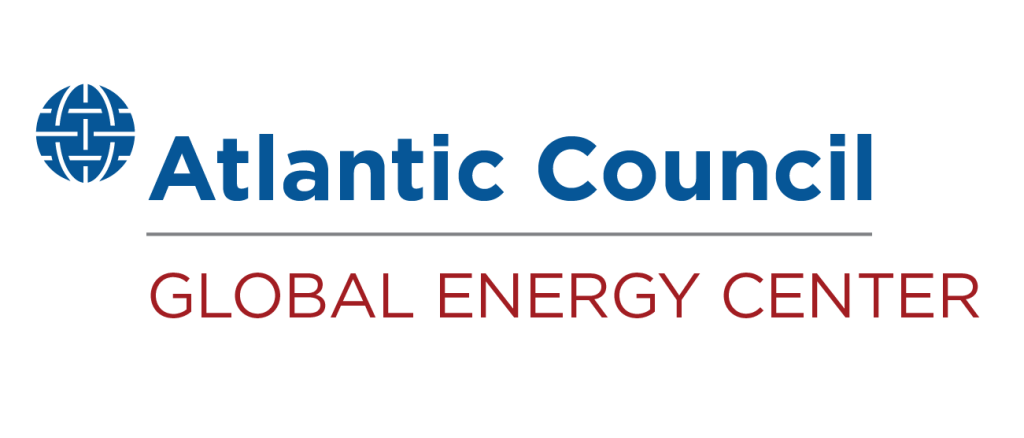
The Global Energy Center develops and promotes pragmatic and nonpartisan policy solutions designed to advance global energy security, enhance economic opportunity, and accelerate pathways to net-zero emissions.
Image: A car drives past a building of the Digital Reality Data Center in Ashburn, Virginia, U.S., March 17, 2025. REUTERS/Leah Millis
